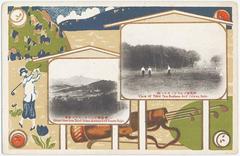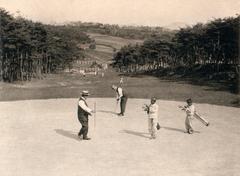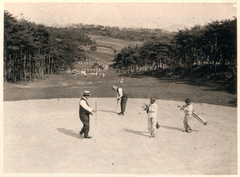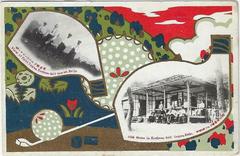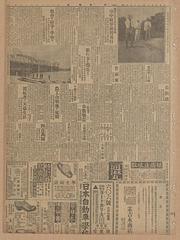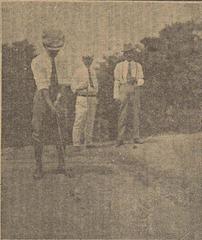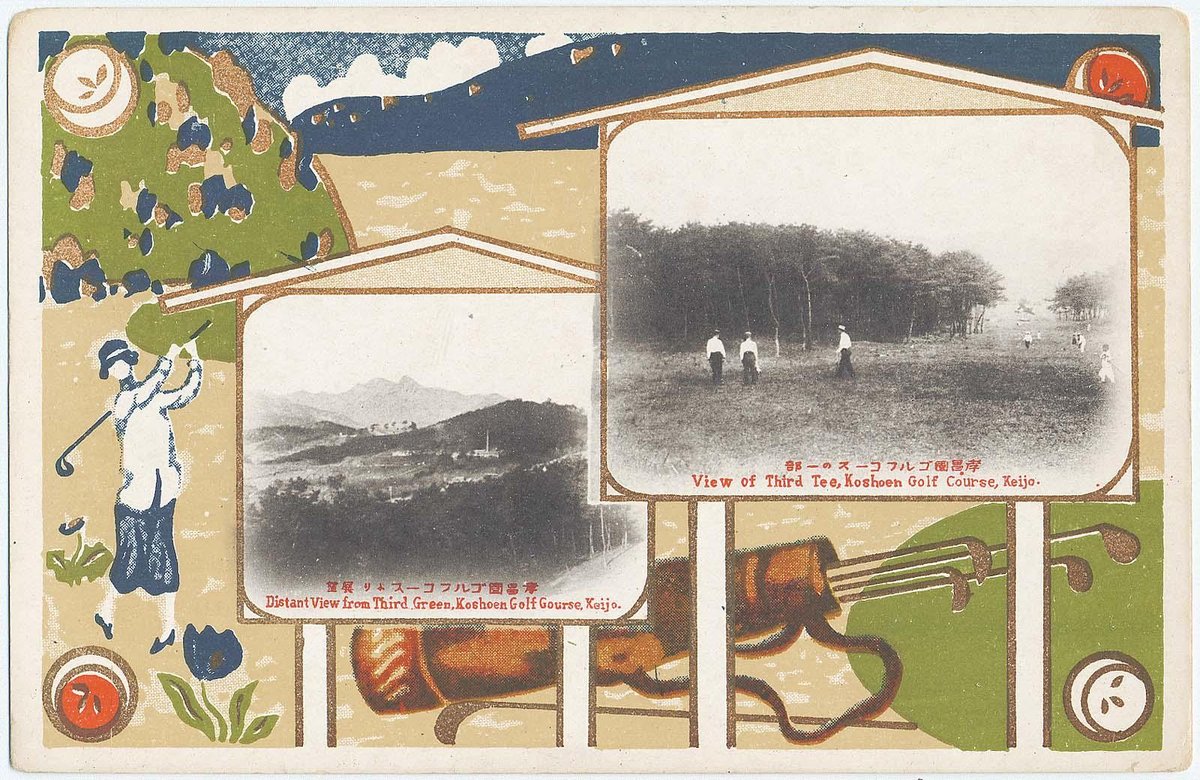
Hyochang Park Seoul: Visiting Hours, Tickets, and Historical Significance
Date: 15/06/2025
Introduction
Hyochang Park, located in the heart of Seoul’s Yongsan District, stands as a profound symbol of Korea’s royal legacy and its enduring struggle for independence. Originally established as a royal tomb in the late 18th century, the park has since evolved into a vibrant memorial site, honoring independence activists while offering a tranquil green space amid the city’s urban bustle. With its accessible facilities, free admission, and proximity to public transport, Hyochang Park welcomes all visitors—history enthusiasts, nature lovers, and travelers alike—to explore its multifaceted stories and serene landscapes. (Charmander Trip; Discovering Korea; Wikipedia)
Table of Contents
- Historical Overview
- Visiting Hyochang Park: Practical Information
- Special Events & Guided Tours
- Architectural & Landscape Features
- Frequently Asked Questions (FAQ)
- Nearby Attractions
- Visitor Tips
- Conclusion
- References
1. Historical Overview
Royal Origins: Hyochangwon and the Joseon Dynasty
Hyochang Park began as Hyochangwon, a royal tomb constructed in 1786 for Crown Prince Munhyo, the young son of King Jeongjo. The site was chosen for its auspicious geomancy and served as a burial ground for other royal family members, reflecting the Confucian values of filial piety and reverence for ancestors. This sacred character defined the area for over a century. (VisitKorea; Wikipedia)
Colonial Transformation: Japanese Occupation
During Japanese rule (1910–1945), the royal tombs were relocated to Seooreung, and the grounds were converted into a public park in 1924, officially designated as such in 1940. This marked a dramatic shift from dynastic memory to a space for public recreation, though its historical gravitas endured. (Wikipedia)
Independence Memorial: Korean Liberation and Beyond
After Korea’s liberation in 1945, Hyochang Park became a symbolic resting place for independence activists, notably Kim Koo, Lee Bong-chang, and Yun Bong-gil. The park’s Seonyeol Cemetery and Uiyeolsa Shrine memorialize these figures, cementing its status as a site of national remembrance. Annual memorial ceremonies, especially on March 1 (Independence Movement Day) and April 13 (Korean Provisional Government anniversary), draw citizens and officials to honor those who fought for sovereignty. The park was designated Historic Site No. 330 in 1989. (Wikipedia; Trek Zone)
2. Visiting Hyochang Park: Practical Information
Hours & Admission
- Park Hours: Daily, 5:00 AM – 10:00 PM
- Admission: Free for all visitors
- Kim Koo Museum: Typically 9:00 AM – 6:00 PM (may charge a small fee; check official site for updates)
Accessibility & Facilities
- Wheelchair-accessible paths and restrooms
- Stroller-friendly walkways
- Children’s playground, sports courts, outdoor fitness equipment
- Rest areas, vending machines, and seasonal flower beds
- Signage in Korean and English
Getting There
- Subway: Hyochang Park Station (Line 6); park entrances are a short walk from station exits
- Bus: Several lines service the area
- Parking: Limited; public transport recommended
(Official Visit Korea; Trippose)
3. Special Events & Guided Tours
Hyochang Park hosts commemorative events on national holidays (March 1, April 13, August 15) and annual memorial ceremonies for independence activists. Educational programs, guided tours, and cultural performances are available, especially during peak seasons.
- Guided Tours: Offered through the Kim Koo Museum and by local cultural organizations (inquire ahead for availability)
- Photography: Permitted throughout the park, but respectful behavior is expected near memorials and during ceremonies
(Hyochang Park Official)
4. Architectural & Landscape Features
- Uiyeolsa Shrine: Houses memorial tablets and portraits of independence heroes
- Seonyeol Cemetery: Final resting place for key activists
- Changyeolmun Gate: Commemorative entrance
- Kim Koo Museum and Library: Dedicated to Korea’s prominent independence leader (Trek Zone)
- Landscaped gardens: Cherry blossoms in spring, vibrant foliage in autumn
5. Frequently Asked Questions (FAQ)
Q: What are Hyochang Park’s visiting hours?
A: 5:00 AM – 10:00 PM daily.
Q: Is there an admission fee?
A: Park entry is free; Kim Koo Museum may have a small fee.
Q: Is the park wheelchair accessible?
A: Yes, most areas and facilities are accessible.
Q: Are guided tours available?
A: Yes, seasonally through the museum and local groups.
Q: Can I bring my pet?
A: Pets are allowed; keep them leashed and clean up after them.
Q: Is photography allowed?
A: Yes, but please be respectful at memorials and ceremonies.
6. Nearby Attractions
- War Memorial of Korea: 29-minute walk; exhibits on military history
- Namdaemun Market: 34-minute walk; traditional shopping and food
- Yakhyeon Catholic Church: 27-minute walk; historic architecture
- Sookmyung Women’s University: 6-minute walk
- Dosan Park: 31-minute walk; memorial for An Chang-ho
- Itaewon Shopping District & Namsan Seoul Tower: Short taxi or subway ride
(Trippose; Official Visit Korea)
7. Visitor Tips
- Best times: Early morning or late afternoon for fewer crowds and best lighting
- Weather: June is humid, with occasional rain (bring umbrella/raincoat, check Weather25)
- Respectful conduct: Maintain quiet and dignity near graves and memorials
- Accessibility: Paved paths and accessible restrooms; some older trails may be uneven
- Dining: Limited options inside the park; explore nearby cafes and restaurants in Yongsan-gu
- Accommodation: Various hotels and guesthouses nearby, from budget to mid-range
- Language: English signage is common; Korea Travel Hotline (1330) offers multilingual support
8. Conclusion
Hyochang Park is more than a green oasis in Seoul—it is a living archive of Korea’s royal history and the sacrifices made for national independence. The park’s evolution from royal tombs to a site of public memory underscores its enduring significance. Free, accessible, and rich with educational resources, Hyochang Park invites reflection, recreation, and cultural exploration. Plan your visit to experience the harmonious blend of history, culture, and natural beauty that defines one of Seoul’s most meaningful destinations.
For up-to-date information, events, and guided tours, visit the official Korea Tourism Organization website or call the 1330 Travel Hotline. Download the Audiala app for real-time tips and follow our social channels for more travel inspiration.
9. References
- Charmander Trip - Top 10 Places to Visit in Yongsan, Seoul
- Discovering Korea - Seoul’s Hyochang Park and Korean Independence
- Wikipedia - Hyochang Park
- Official Visit Korea - Hyochang Park
- Trek Zone - Hyochang Park Seoul
- Trippose - Hyochang Park Travel Guide
- Weather25 - Seoul June Weather
- A Love Letter to Asia - Seoul in June
- Asia Highlights - Best Times to Visit South Korea
